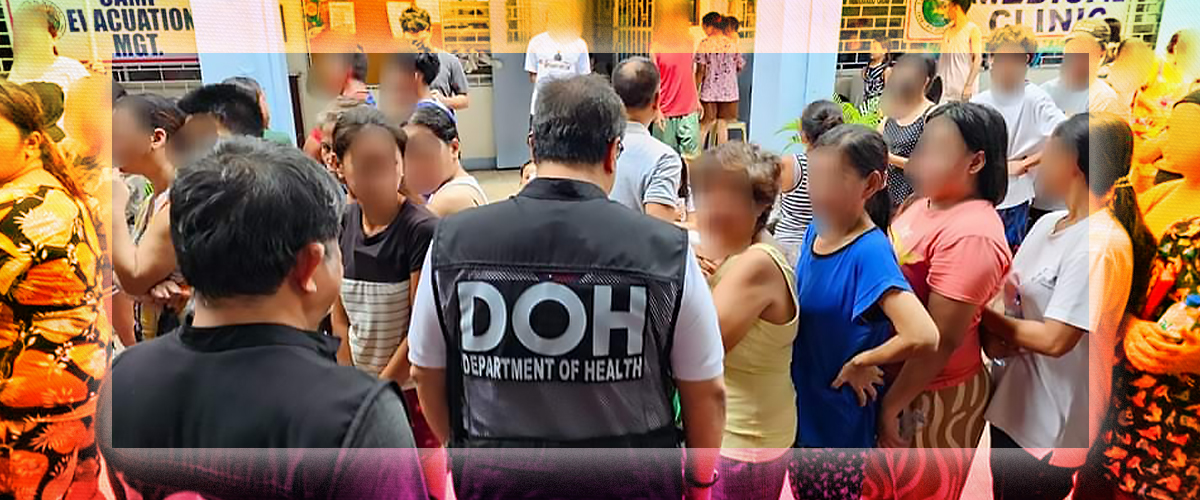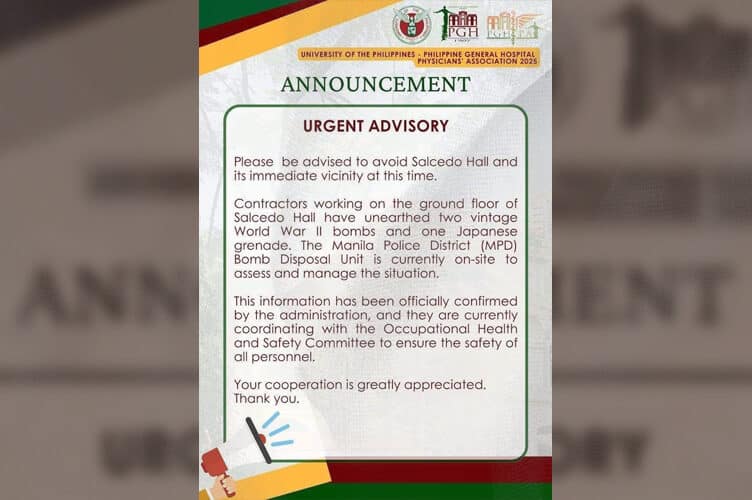THE Department of Health (DOH) is offering mental and psychosocial health services, including prescription medicines, in response to Typhoon Carina’s effects on the western portion of Luzon.
According to DOH Secretary Teodoro Herbosa, help is available.
“We will monitor those who will need acute psychosocial first aid, especially those who lost their loved ones or their properties,” he stated.
The Local Government Unit’s medical representatives in evacuation centers can be approached at their health desks to monitor the psychological states of individuals who experienced mental distress.
The National Disaster Risk Reduction and Management Council (NDRRMC) reported that affected Filipinos are in a total of 1,115,272 with 581,902 of them in evacuation shelters to seek safety from the combined effects of the southwest monsoon and tropical cyclones Carina and Butchoy.
Victims suffer mental health problems
Luzon suffered devastating effects, with disastrous flooding taking away homes and, more importantly, lives. Yesterday, the Philippine National Police reported twenty-one casualties.
Moreover, according to a study by the Society for Research in Child Development in 2020, such natural hazards are mostly unpredictable, leaving their victims in a state of shock, which may cause emotional instability, stress reactions, anxiety, trauma, and other psychological problems.
Disruptive effect on children’s mental development
Children are the ones who are more vulnerable during natural disasters, particularly those who’ve been exposed to terrifying outcomes of the event, such as death.
Several reports state that a 19-year-old girl and her five-year-old niece who sought shelter in an evacuation center faced the ordeal of witnessing a fatal drowning occurrence during the recent typhoon Carina.
“Na-trauma po iyong bata (niece) kasi nakita niya po iyong isang bata, nalunod mismo sa harapan namin. Pagka-punta namin dito, bukambibig na niya iyong batang nalunod. Hindi na po siya makatulog,” said “Hope” when interviewed.
She also added how her niece showed a common symptom of anxiety, worrying over the possibility of traumatic memories being repeated: “Naiiyak po siya minsan. Siyempre naiiyak din po ako kasi murang edad, iyon agad iyong nakita niya… Baka raw po matulad siya sa nalunod na bata… Ayaw na po niya bumitaw sa akin. Ayaw na po niya makita iyong mga tubig.”
UNICEF’s article revealed that over six years, there were 43.1 million internal displacements of children in 44 countries. In addition, the organization also reported that the Philippines has the highest number of child displacements caused by weather-related disasters.
“It is terrifying for any child when a ferocious wildfire, storm, or flood barrels into their community. For those who are forced to flee, the fear and impact can be especially devastating, with worry of whether they will return home, resume school, or be forced to move again. Moving may have saved their lives, but it’s also very disruptive,” UNICEF Executive Director Catherine Russell said.
It is important for victims, both adults and children, to have their psychological and mental state assessments given that unresolved traumas may lead to more serious psychological problems, such as severe types of Post Traumatic Stress Disorder.
During times of calamities, psychologically affected individuals need substantial support to bounce back and thrive once again.
With reports from Naomi Viehl D. Politico
How useful was this post?
Click on a star to rate it!
Average rating 0 / 5. Vote count: 0
No votes so far! Be the first to rate this post.
We are sorry that this post was not useful for you!
Let us improve this post!
Tell us how we can improve this post?









